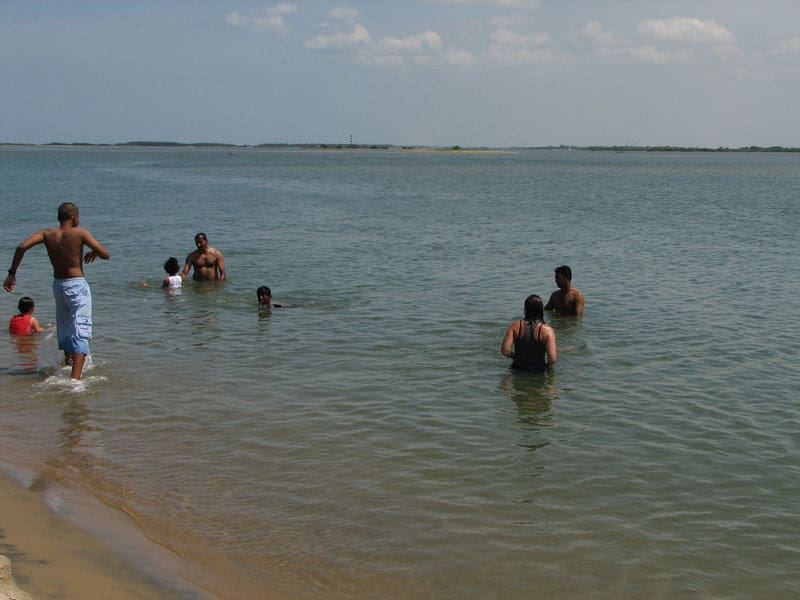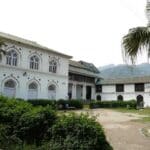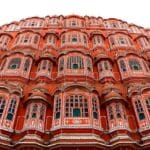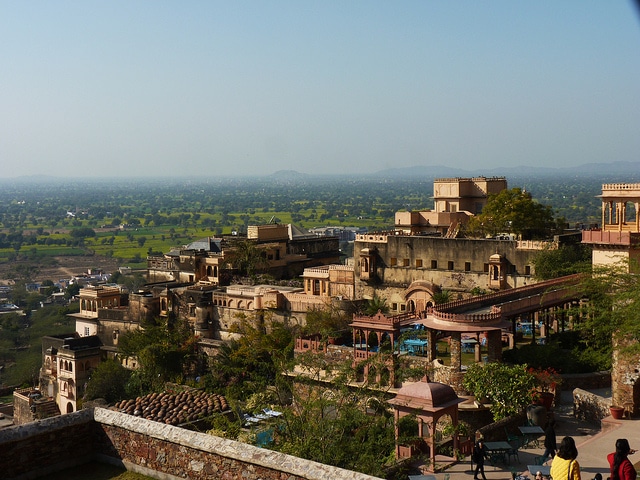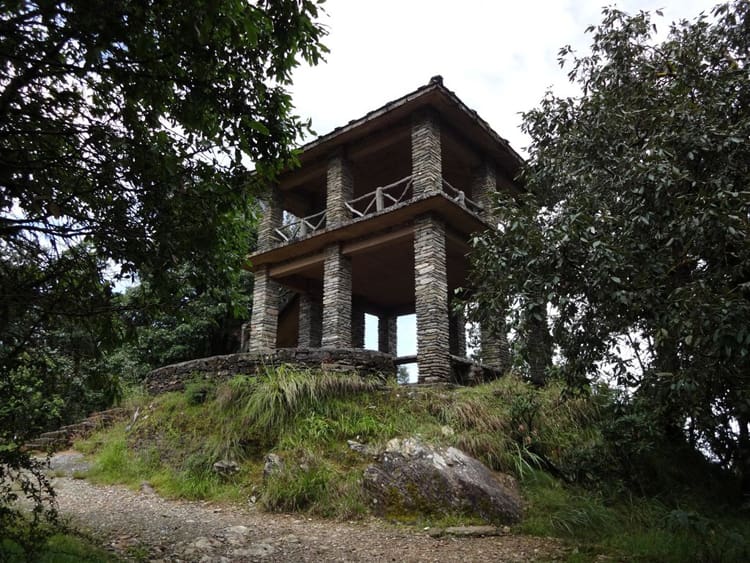Nestled on the serene border of Tamil Nadu and Andhra Pradesh, Pulicat Lake stands as a splendid natural wonder and the second largest brackish water lagoon in India. Spanning over a vast expanse and separated from the Bay of Bengal by the slender barrier island of Sriharikota, Pulicat Lake serves as a lifeline for countless ecological, cultural, and economic activities. Pulicat Lake, Chennai is not just a geographical entity but a vibrant tapestry interwoven with rich biodiversity, fascinating history, and thriving local communities.
Geographical Features of Pulicat Lake
Pulicat Lake’s unique geographical formation is what lends it its undeniable allure. Covering approximately 759 square kilometers, this lagoon forms a crucial border between the states of Tamil Nadu and Andhra Pradesh. The lake is primarily fed by rivers like the Swarnamukhi, Kalangi, and Arani, and is connected to the Bay of Bengal through an intricate network of canals. The long, narrow Sriharikota Island, which runs parallel to the coast, provides a natural separation from the sea and is home to the prestigious Satish Dhawan Space Centre.
The northern section of the lake lies in Andhra Pradesh, while the southern tip extends into Chennai’s territory. The contrast between the saline waters from the ocean and the freshwater input from rivers creates an exceptional brackish environment, ideal for an astounding array of life forms.
Historical Significance of Pulicat Lake
Pulicat Lake’s historical roots stretch back over centuries. Once a bustling port town, Pulicat has seen the rule of various dynasties – from the Vijayanagara Empire to the mighty Dutch. In the 17th century, the Dutch East India Company established a major trading post here, making Pulicat a strategic center for trade in textiles, spices, and precious stones. The remnants of Dutch cemeteries and colonial architecture in Pulicat town are profound testaments to this period.
Archaeological evidences reveal the existence of ancient forts, coins, and inscriptions highlighting Pulicat’s maritime prowess. The area not only facilitated commerce but also acted as a cultural melting pot, blending South Indian, Arab, Portuguese, and Dutch influences into a vibrant mosaic.
Ecological Richness and Biodiversity
Biodiversity Hotspot: Pulicat Lake Bird Sanctuary
The true marvel of Pulicat Lake, Chennai lies in its stupendous biodiversity. Declared a bird sanctuary, Pulicat Lake is globally renowned for its massive gatherings of migratory birds, especially during the winter months. It becomes a haven for greater flamingos, pelicans, storks, herons, and a staggering variety of waterfowl. Every year, birdwatchers and ornithologists flock to Pulicat for the highly anticipated Flamingo Festival, celebrating the arrival of thousands of vibrant flamingos.
Faunal Diversity
-
Resident and migratory birds: Over 160 species, including flamingos, painted storks, egrets, spoonbills, and terns.
-
Aquatic fauna: The brackish waters serve as crucial spawning grounds for numerous fish species, prawns, and crabs, supporting local fisheries.
-
Terrestrial wildlife: The marshes and mudflats around the lake nurture a range of reptiles, amphibians, and invertebrates.
Flora of Pulicat Lake
-
Mangrove ecosystems are a prominent feature, shielding the shoreline from erosion and offering vital breeding grounds for marine life.
-
Salt-marsh grasses and wetland plants thrive, contributing to the region’s ecological equilibrium and supporting a rich food web.
Cultural Influence and Local Communities
Pulicat Lake’s adjoining villages and towns are bastions of rich cultural traditions, thriving on fishing, salt-panning, and craftwork. The lake is central to the livelihoods of thousands of families, with traditional fishing techniques and boats dotting its expanse daily. Festivals, folk arts, and the local cuisine—especially fresh seafood—reflect the region’s indelible bond with the lake.
Economy and Livelihoods
-
Fisheries: Pulicat Lake supports diverse commercial and subsistence fishing activities, making it a significant contributor to the local economy. Fish, prawns, and crabs from Pulicat are much sought after in regional markets.
-
Salt-pans: The saline fringes foster salt production, another core livelihood in the area.
-
Small industries: Coir making, pottery, and handloom weaving flourish around Pulicat, empowering local women and artisans.
Tourism: Attractions and Activities at Pulicat Lake, Chennai
Pulicat Lake, Chennai has evolved into a prominent eco-tourism destination, captivating visitors with its tranquil landscapes and myriad experiences.
Birdwatching and Nature Tours
The Pulicat Lake Bird Sanctuary is a top draw for bird lovers. Early mornings and late evenings during peak migratory season (November to February) offer unforgettable sights of flamingos spreading their pink wings across shimmering waters. Guided boat tours, photography safaris, and educational walks enhance the visitor experience.
Historical and Cultural Sites
-
Dutch Cemetery: Intricate tombstones from the 17th century narrate fascinating tales of the lake’s colonial past.
-
Pulicat Fort and old churches: Structures reflect the unique Indo-European fusion in architecture and religious practices.
-
Artisan villages: Experience traditional crafts firsthand in the neighboring communities.
Adventure and Recreation
-
Boating and kayaking: Calm waters invite both leisure cruises and adventure seekers.
-
Cycling and trekking: The lanes around the lake and Sriharikota Island offer scenic routes for exploration.
-
Local cuisine tasting: Sample delectable fresh seafood at rustic shacks and local restaurants.
How to Reach Pulicat Lake, Chennai
Reaching Pulicat Lake from Chennai is convenient via roadways or rail. The lake is about 60 kilometers north of Chennai, accessible by private vehicle, state transport buses, or trains to Sullurupeta in Andhra Pradesh, followed by brief local transit.
-
By car: Take the NH16 (Old NH5) route; the drive offers glimpses of rural Tamil Nadu and Andhra hinterlands.
-
By bus: Direct buses ply regularly from Chennai to Pulicat and Sullurupeta.
-
By train: The main railhead is at Sullurupeta, approximately 10 kilometers from Pulicat Lake.
Best Time to Visit Pulicat Lake
The ideal time to visit is between November and March, coinciding with the migratory season. The weather remains pleasant, and the lake is alive with avian activity. Monsoons replenish water levels, making the landscape lush and vibrant, while summers can be hot but less crowded.
The Flamingo Festival: A Celebration of Nature
Every winter, Pulicat Lake comes alive with the Flamingo Festival, a colorful event celebrating the spectacular influx of flamingos and other migratory birds. The festival features birdwatching tours, photography competitions, cultural performances, and educational workshops, drawing nature lovers and tourists from across the country.
Threats and Conservation Efforts
Pulicat Lake faces various environmental challenges. Increasing human intervention, pollution, illegal encroachments, and overfishing pose threats to the delicate ecosystem. Sand mining, agricultural runoff, and urbanization further aggravate the situation.
Conservation Measures
-
Designation of Pulicat as a protected bird sanctuary.
-
Community awareness initiatives for sustainable fishing and tourism.
-
Restoration of mangroves and marshlands to preserve vital habitats.
-
Joint efforts by state governments and NGOs to monitor water quality and regulate development.
Pulicat Lake’s Role in Research and Science
Sriharikota Island not only acts as a natural barrier for Pulicat Lake but is also home to the Indian space program’s Satish Dhawan Space Centre (SDSC). This facility is where India accomplishes its space missions, boosting the prestige associated with Pulicat.
In addition, the lake is a preferred site for ecologists and ornithologists for long-term research on wetland conservation, avian migration patterns, and climate change impacts on fragile coastal ecosystems.
Local Legends and Folklore Associated with Pulicat Lake
Pulicat Lake abounds in myths and legends. Fisherfolk narrate tales of lost kingdoms, benevolent deities, and age-old customs meant to appease the lake spirits. Ancient temples and shrines along the shores echo with rituals and festivals, reflecting the spiritual bond between the people and the waters.
Must-See Sights Near Pulicat Lake, Chennai
-
Nelapattu Bird Sanctuary: Located nearby, this sanctuary complements Pulicat’s avian diversity, especially during the breeding season.
-
Satish Dhawan Space Centre: Witness rocket launches or take a guided tour if permitted.
-
Sriharikota barrier island: Known for its untouched beaches and scenic beauty.
Sustainable Tourism at Pulicat Lake
Ecologically sensitive tourism is vital to Pulicat’s future. Responsible practices such as reducing plastic, respecting local customs, supporting community-run homestays, and promoting guided wildlife tours ensure the preservation of this critical ecosystem.
Plan Your Visit: Travel Tips for Pulicat Lake, Chennai
-
Carry binoculars and a field guide for birdwatching.
-
Early mornings and evenings are best for sightings and pleasant weather.
-
Respect wildlife and avoid disturbing habitats.
-
Stay hydrated and wear protective clothing for sun and insects.
-
Engage with local guides and resident experts for a richer experience.
Pulicat Lake for Education and Awareness
Schools and colleges often organize nature camps and educational trips to Pulicat Lake, promoting environmental awareness and nature conservation. NGOs frequently conduct clean-up drives, tree plantation programs, and workshops on waste management.
The Future of Pulicat Lake
Safeguarding the ecological and cultural integrity of Pulicat Lake, Chennai, requires joint action from authorities, local communities, visitors, and conservationists. By fostering a harmonious balance between human needs and environmental health, Pulicat can continue to mesmerize generations as a beacon of natural splendor and sustainable living.
Frequently Asked Questions (FAQs) about Pulicat Lake, Chennai
-
Where is Pulicat Lake located?
Pulicat Lake is situated on the border of Tamil Nadu and Andhra Pradesh, near Chennai on the Coromandel Coast. -
Why is Pulicat Lake famous?
It is renowned for being the second largest brackish water lagoon in India and a prime habitat for migratory birds, especially flamingos. -
What is the best time to visit Pulicat Lake?
The ideal time is between November and March, during the migratory bird season. -
Which rivers feed Pulicat Lake?
The primary rivers are Swarnamukhi, Kalangi, and Arani. -
How to reach Pulicat Lake from Chennai?
You can reach either by road on NH16, by bus, or train to Sullurupeta, followed by a short trip to the lake. -
What are the major attractions near Pulicat Lake?
Bird sanctuary, Dutch cemetery, old forts, local crafts villages, and the Satish Dhawan Space Centre. -
What wildlife can be seen at Pulicat Lake?
Migratory birds like flamingos, pelicans, aquatic animals including fish, prawns, and crabs. -
When does the Flamingo Festival take place?
It is organized during the peak winter months, usually January or February. -
What is the ecological significance of the lake?
Pulicat Lake is a major wetland ecosystem, supporting diverse flora and fauna. -
Can tourists go boating on Pulicat Lake?
Yes, guided boat rides are available for birdwatching and sightseeing. -
What kind of cuisine is available in Pulicat?
Local seafood preparations, especially prawns and fish, are specialties. -
Are there accommodations near Pulicat Lake?
There are guesthouses, eco-lodges, and homestays run by locals. -
What conservation activities are in place at the lake?
Protected status, mangrove restoration, sustainable tourism campaigns, and community programs. -
What role does Sriharikota play at Pulicat Lake?
It acts as a barrier island, hosts the Indian space center, and adds to the region’s scientific importance. -
Is Pulicat Lake safe for children and families?
Yes, with proper guidance, it’s an educational and enjoyable family destination.


